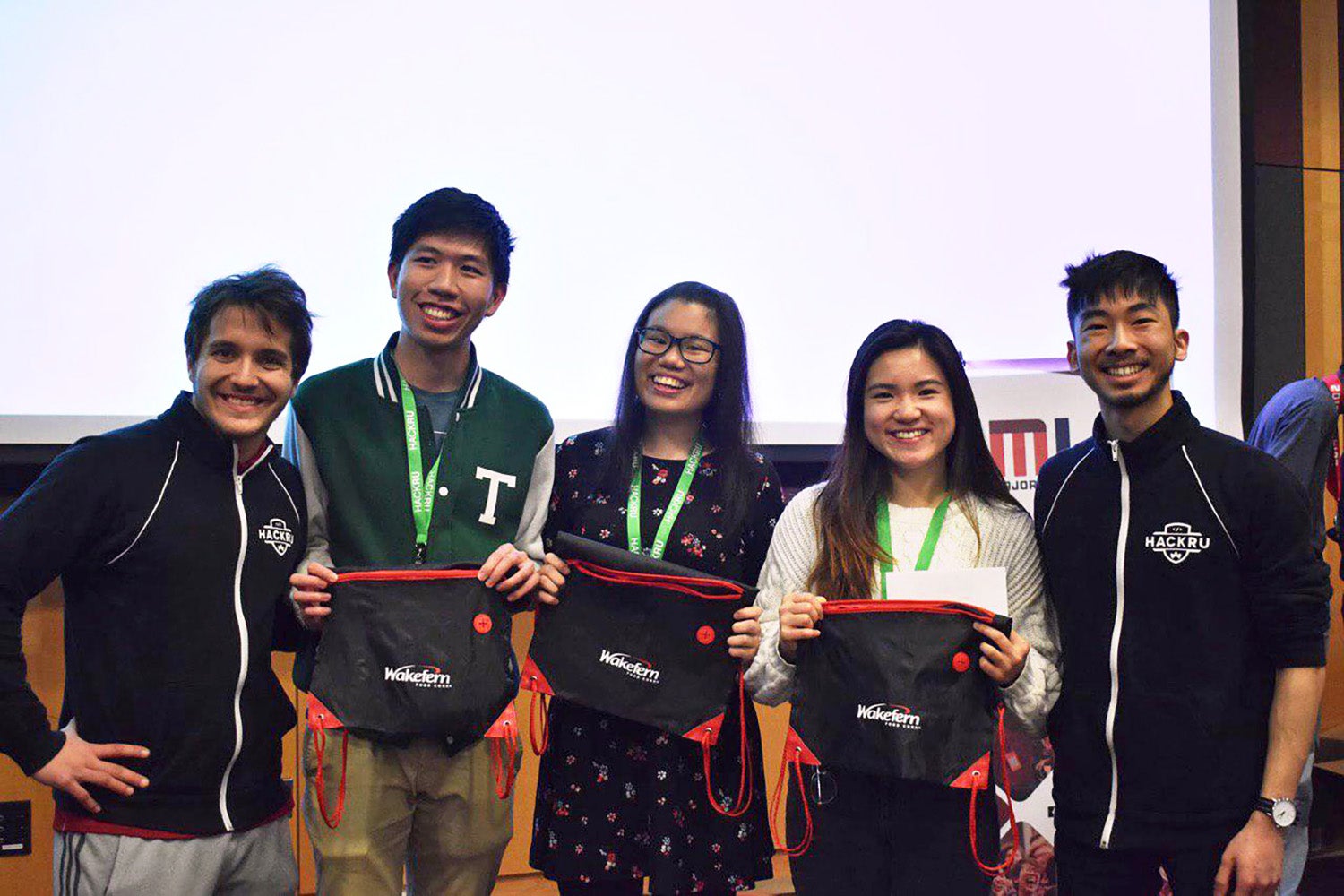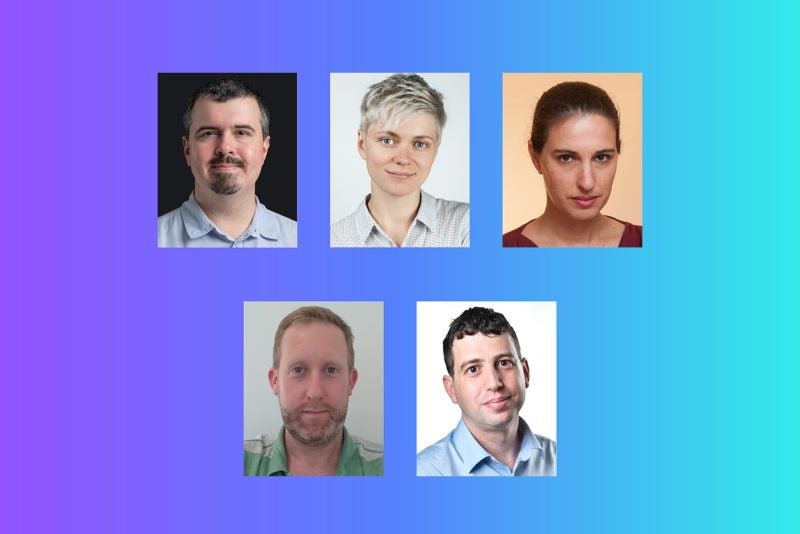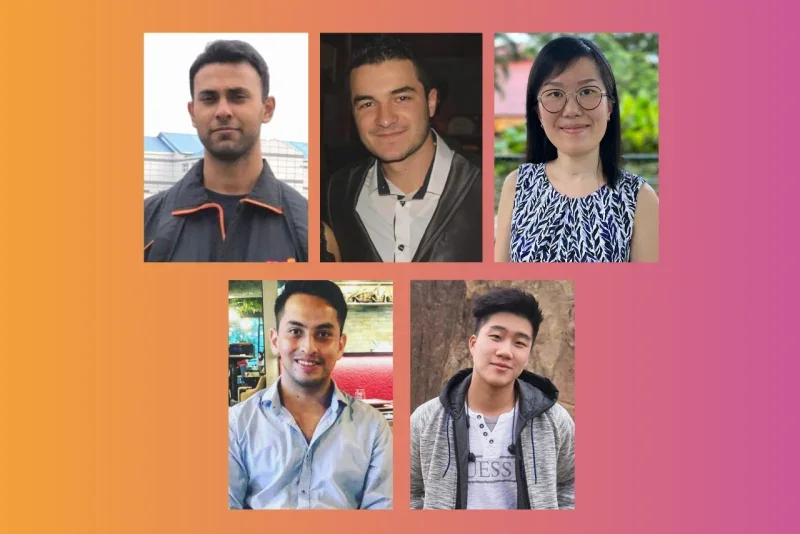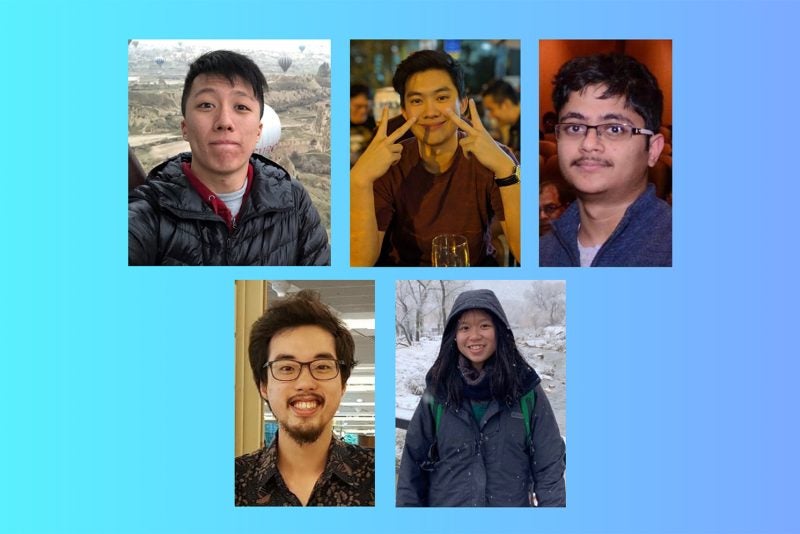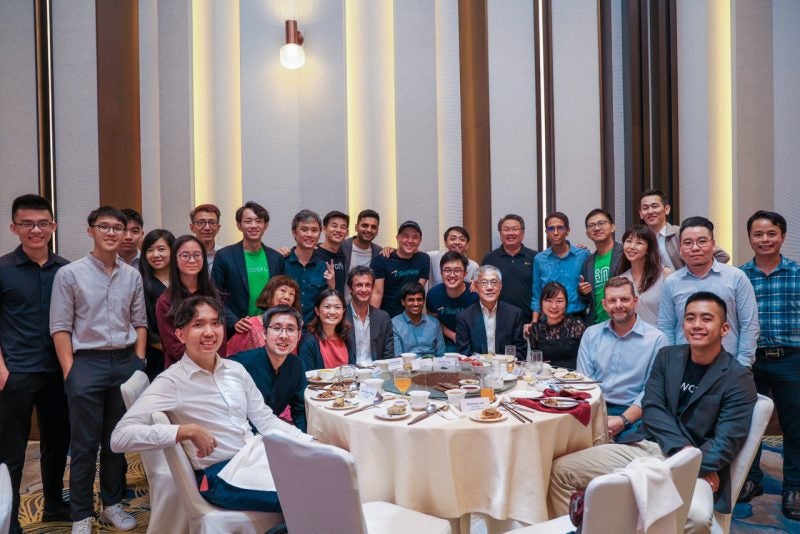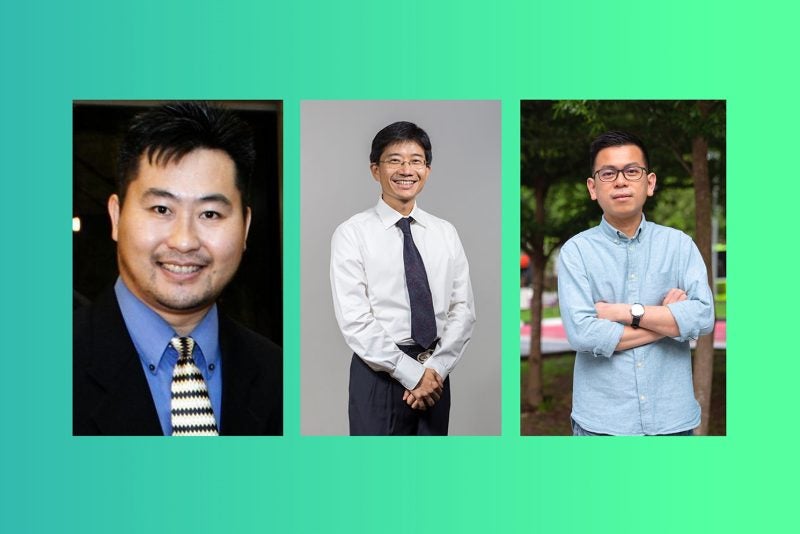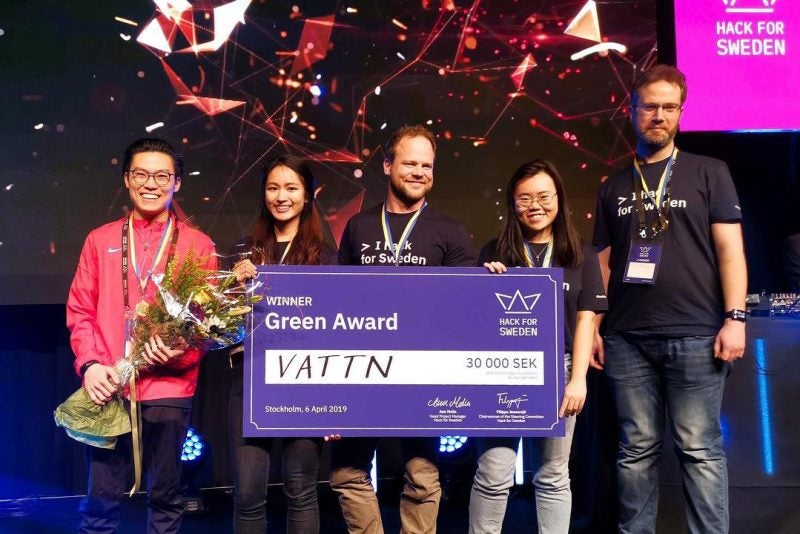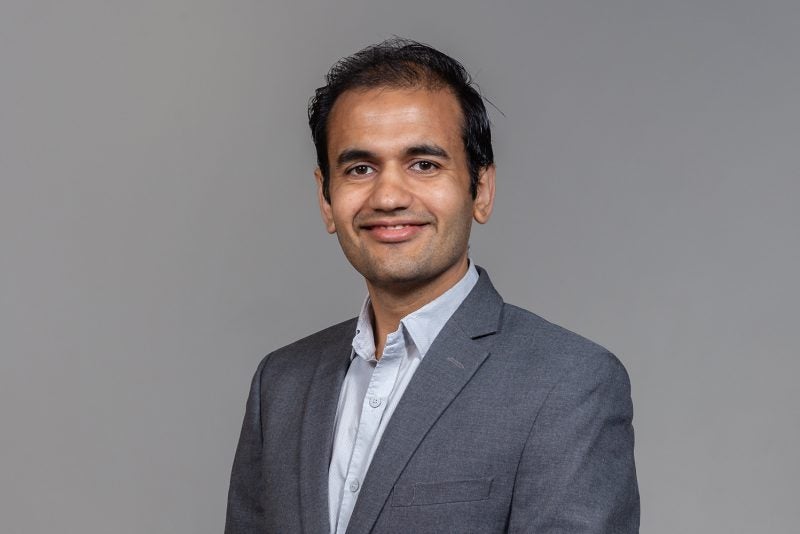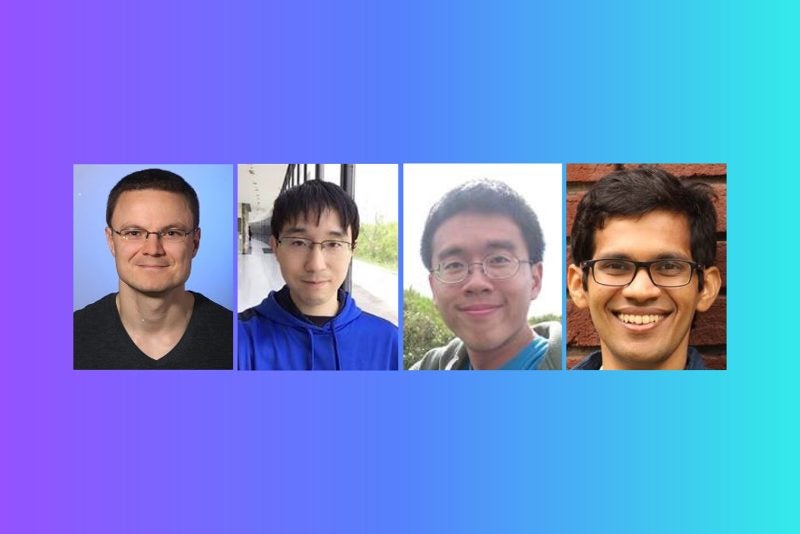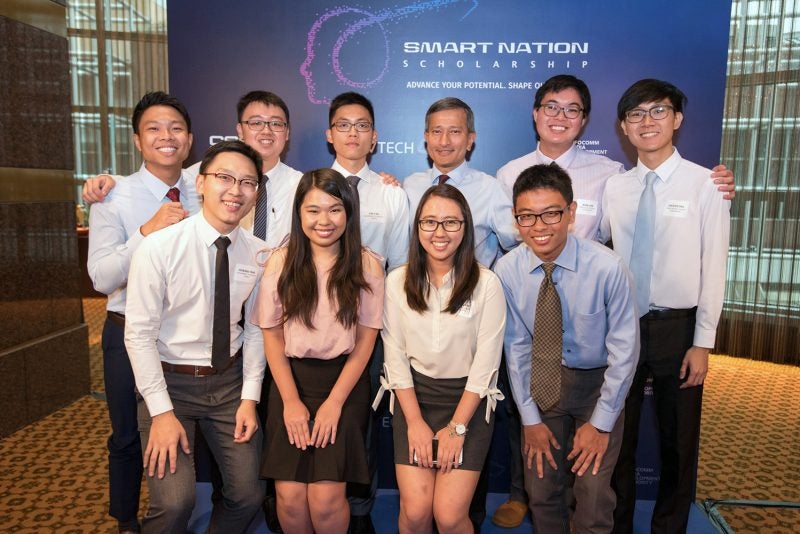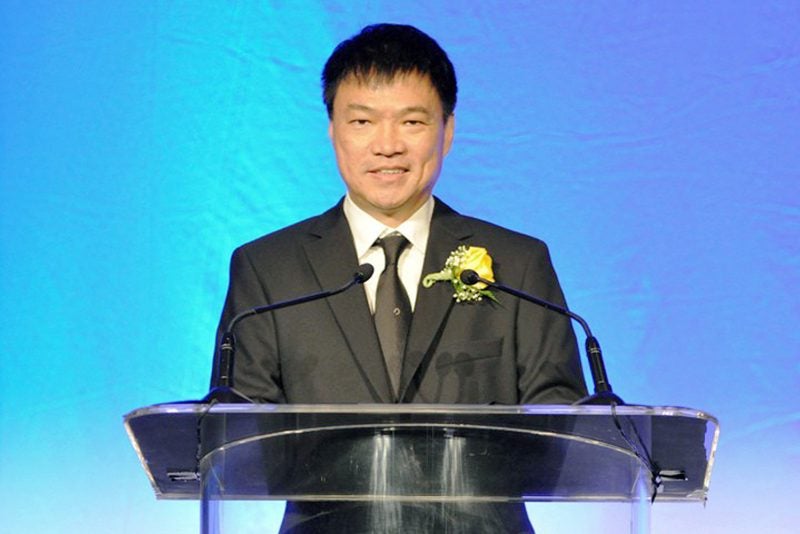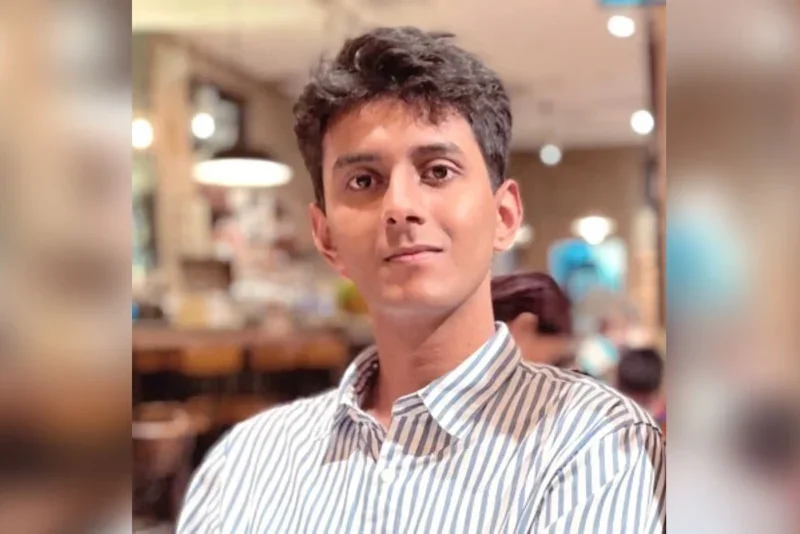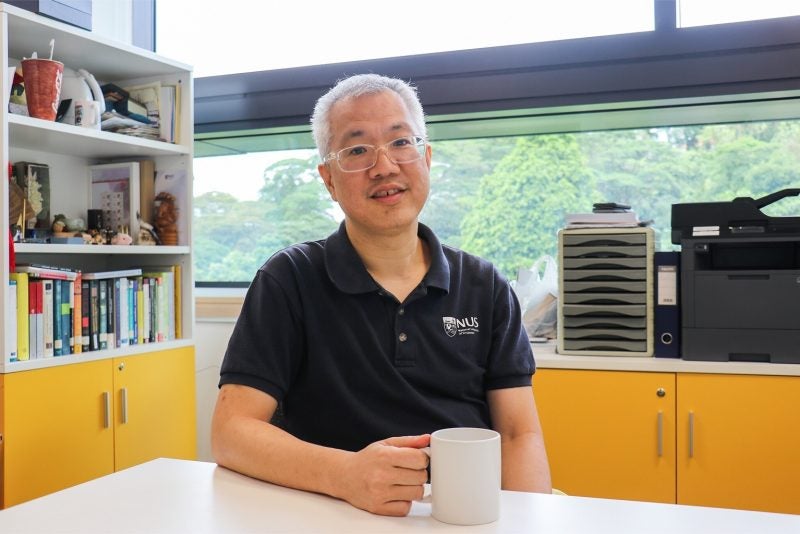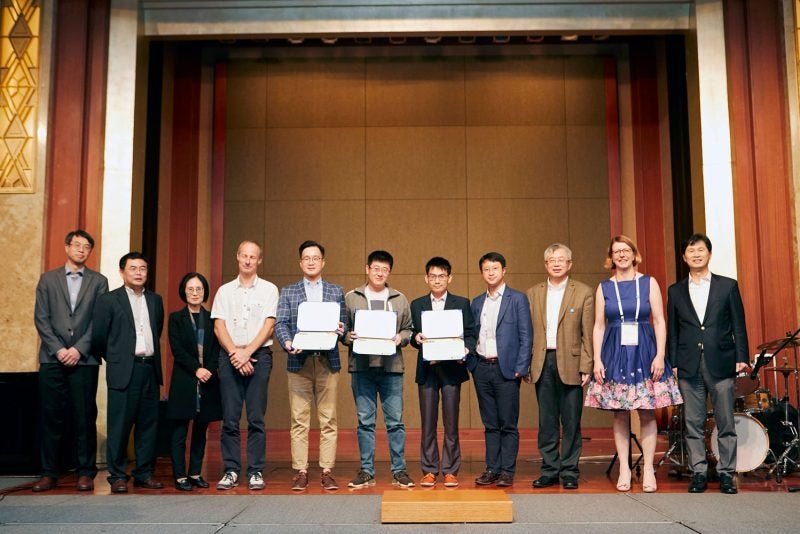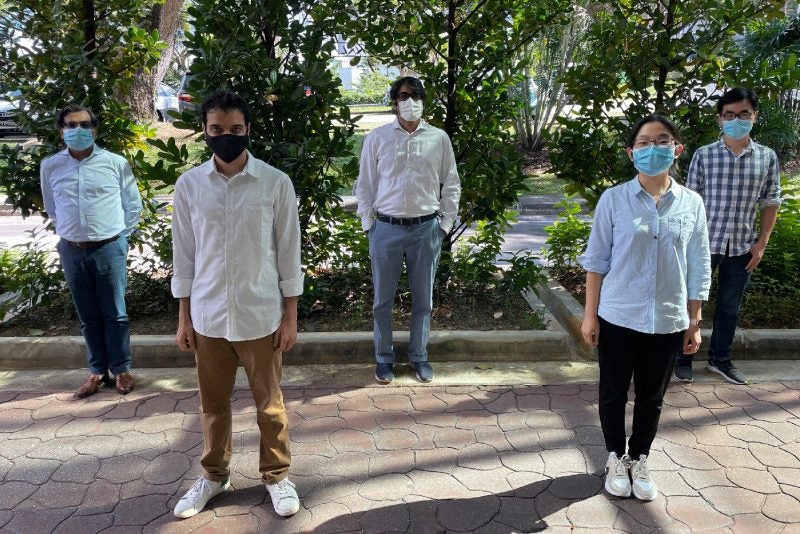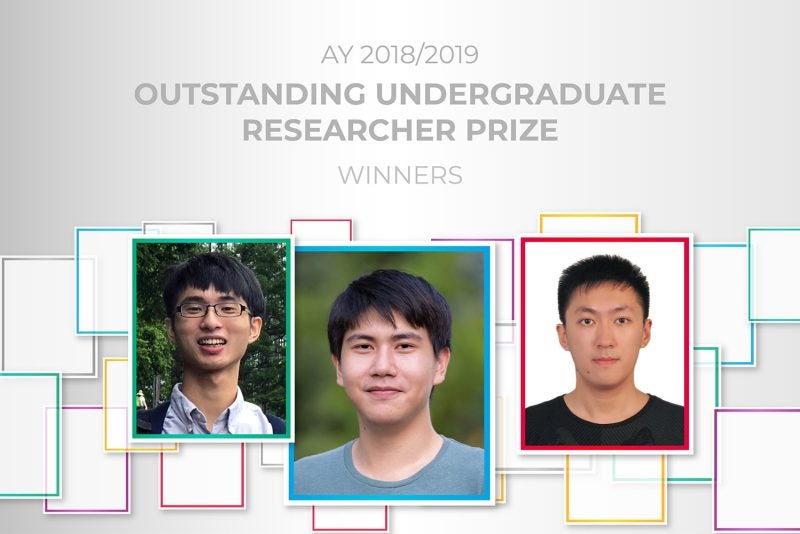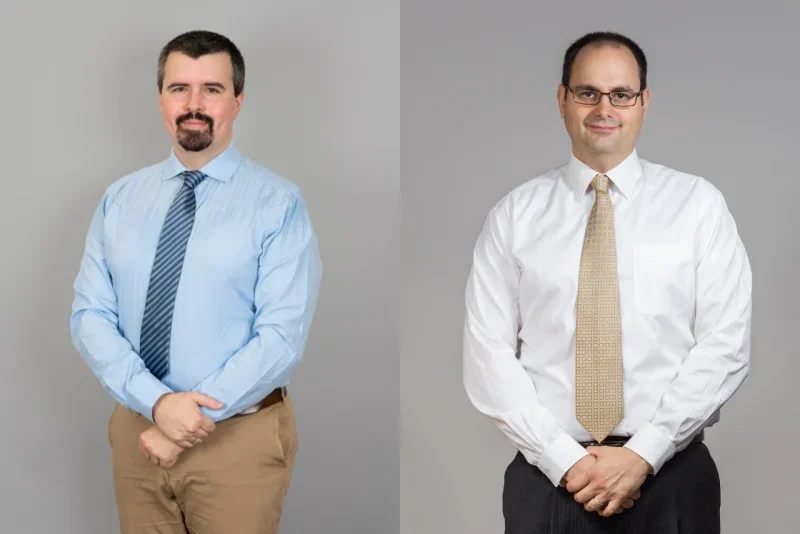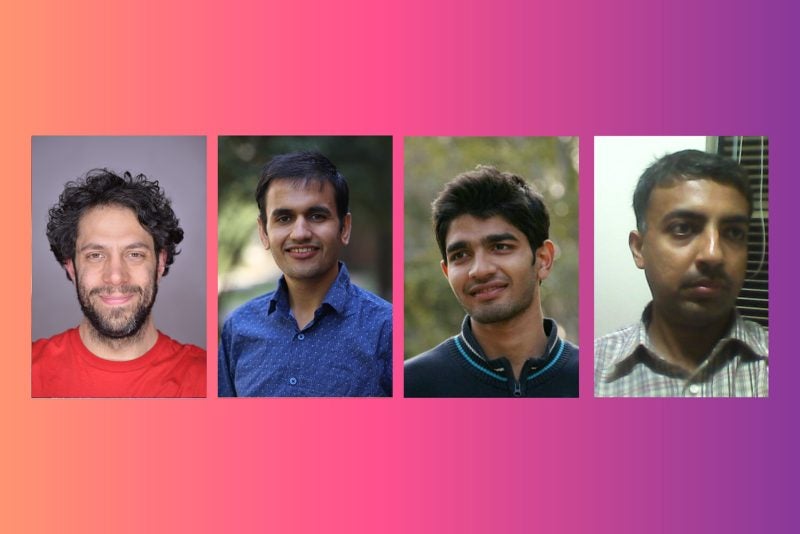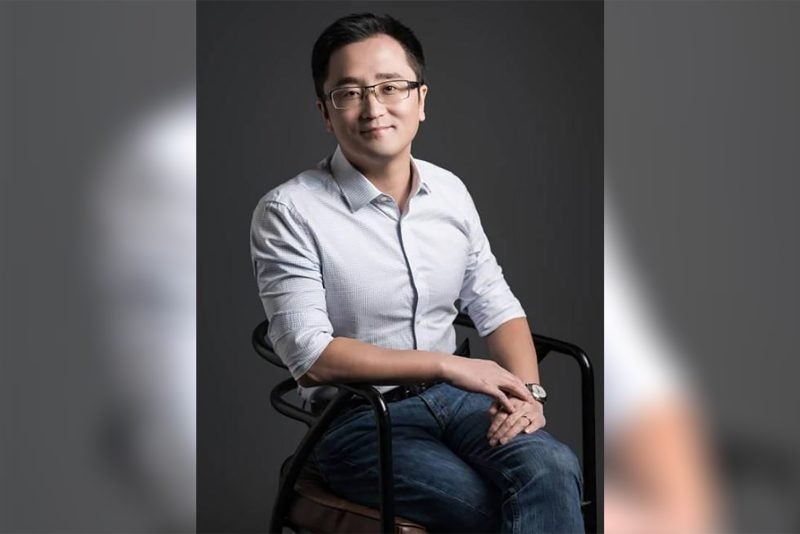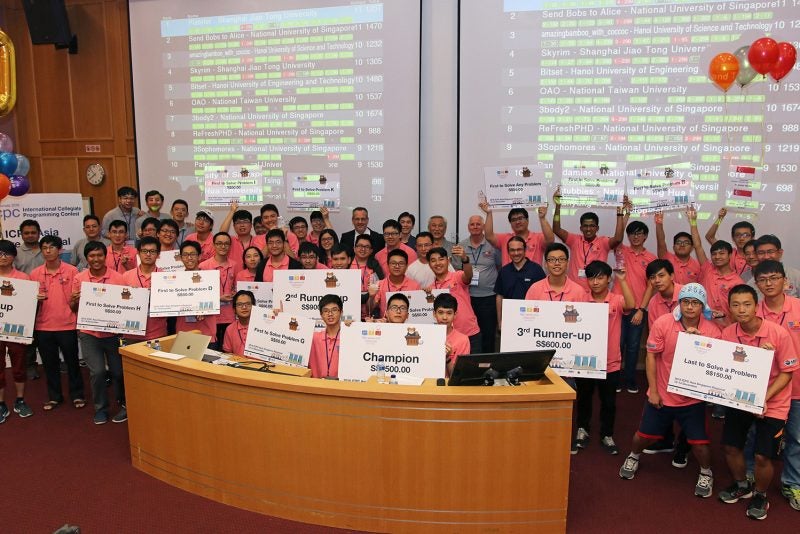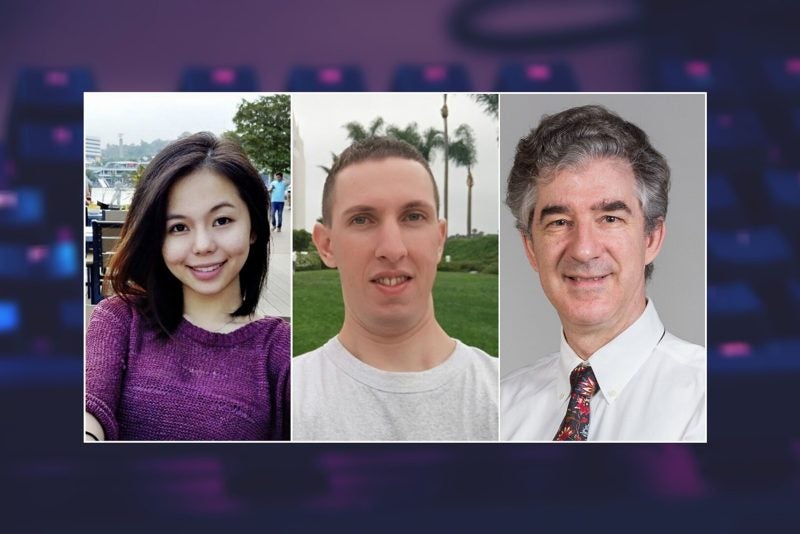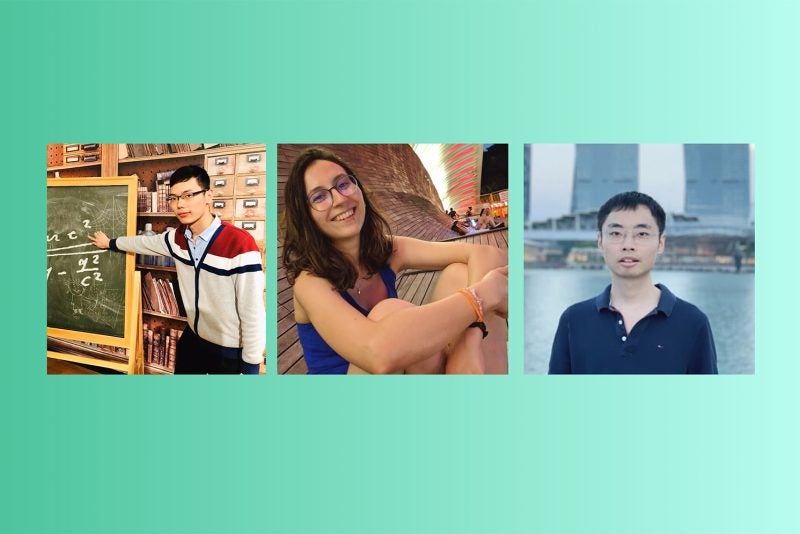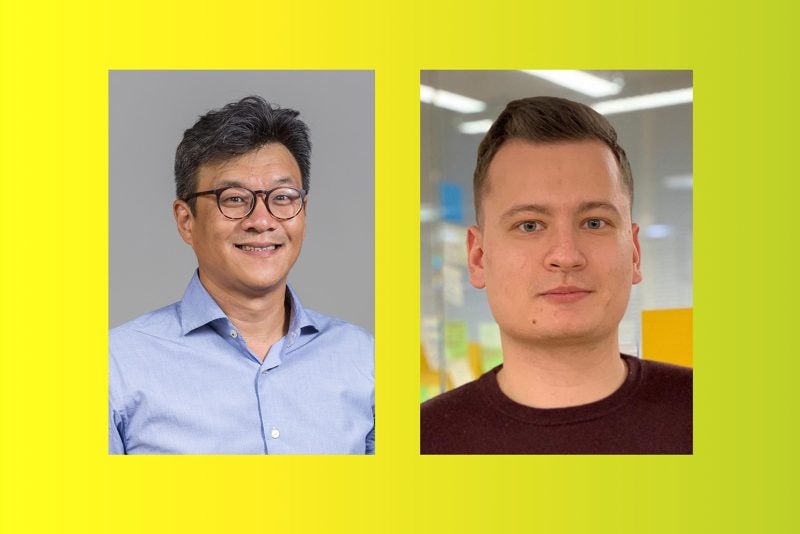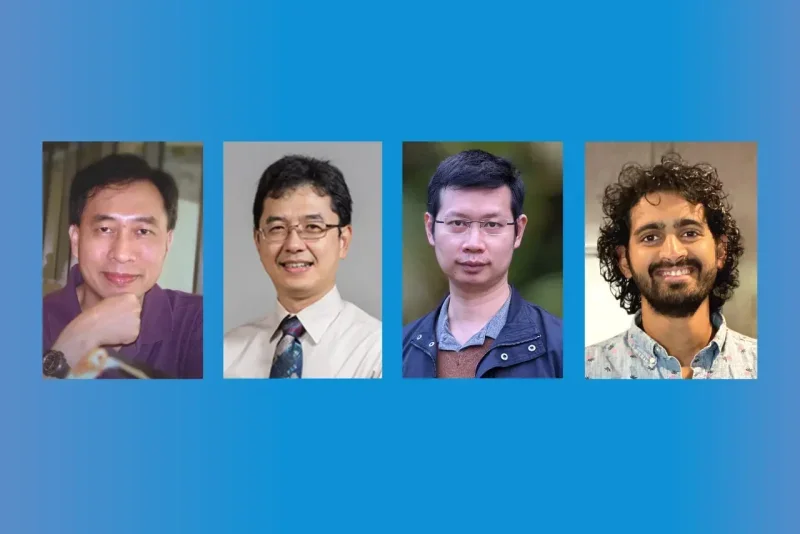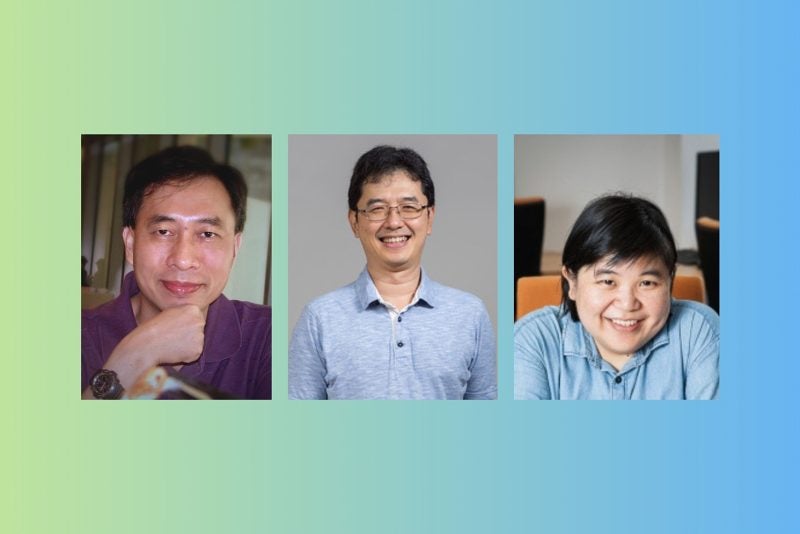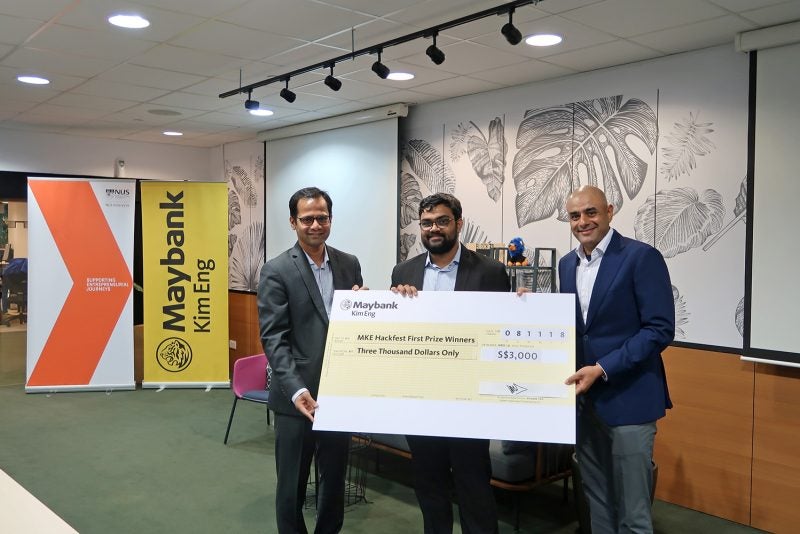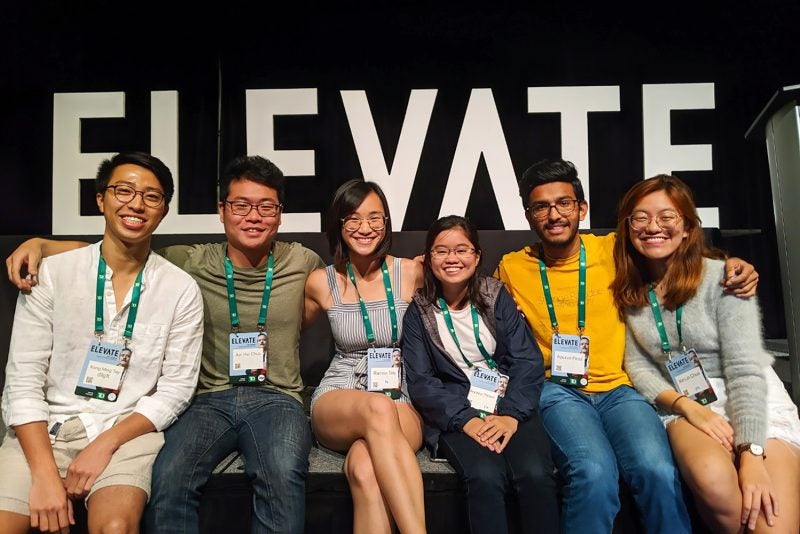11 April 2019 – Third year Business Analytics student Ng Kai Wen, with his NUS team members, won the Best Innovative Community Tech prize at the HackRU Spring 2019 hackathon, held from 9 to 10 March 2019 at Rutgers University, New Jersey.
Kai Wen, together with NUS Business Administration student Dalaney Huang and Communications & New Media student Vivian Ngiam, competed in one of the oldest hackathons in the US. The hackathon saw over 600 students from the North East region of the US, from New York to Massachusetts, participate in the premier Major League Hacking series competition. Teams were challenged to come up with the most creative and innovative software and hardware projects.
The team, currently on a year-long NUS Overseas Colleges New York programme, won the prize for developing the most innovative technology solution that can benefit the community. Over 24 hours, they developed the Healthy Eating Augmented Reality Technology (H. E. A. R. T.), an Augmented Reality (AR) application aimed at improving consumers’ food purchasing decisions. “Many people want to eat healthier but find it too inconvenient to do so,” said Kai Wen. “If you go to a supermarket and decide to purchase healthier products, you might pick up a product with a misleading packaging. You could study the nutritional facts in detail but it is rather tedious. Furthermore, it’s not easy to compare several products at a time. Chances are you would end up not bothering to find healthier choices.”
To solve this problem, the team developed an app that lets users scan the shelf using a mobile phone and identifies products through an image recognition model. The app then retrieves relevant information on the product from the team’s food nutrition database. AR is then used to project a colour onto the items to visually present the product’s nutritional value. To create their app, the team incorporated various technologies like computer vision, machine learning, and AR, into a single platform.
“Items that are coloured green indicate that these products are within the top 30th percentile in terms of its nutritional value. Red indicates that the product is within the bottom 30th percentile, and yellow is for the rest,” said Kai Wen. “This gives consumers a convenient and easy way to discern which products to pick, instead of doing a web search on 10 products at a time.”
Despite having a number of strong contenders in the hackathon, Kai Wen believes that the team’s edge was their focus on developing an easy-to-use and elegant solution that was useful for many people. “The real prize for us wasn’t winning the award but the validation we received for building something genuinely useful. We were surprised by the response we got from people we demonstrated our prototype to, be it students or supermarket representatives,” Kai Wen added. “This has given us confidence to proceed with this project further and to develop it into an actual product in the future.”

